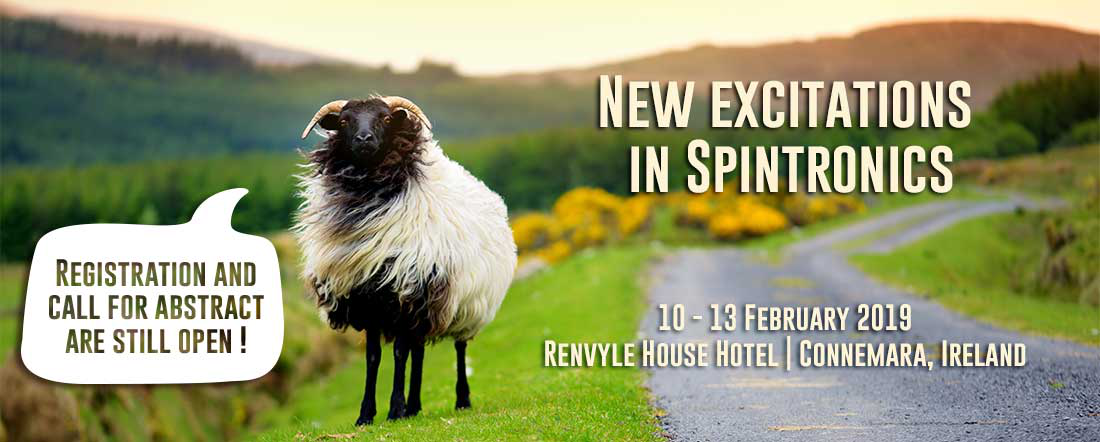Speaker
Description
There exists a gap in the electromagnetic spectrum between 0.3 - 30 THz in which semiconductor and optical technologies fail to generate and detect radiation using chip-sized elements. However, antiferromagnets (AFM) and compensated ferrimagnets (CFiM) have resonance frequencies in this range, making them a viable solution. AFMs and CFiMs cannot easily be manipulated by external fields due to their low net magnetization, but they can be excited via current-induced spin-transfer- (STT) or spin-orbit torques (SOT). SOT has been used as an effective means of magnetization switching in ferromagnet/heavy-metal (FM/HM) bilayers for several years. In this case, the spin Hall effect in the HM results in a diffusive spin current, perpendicular to the thin-film stack surface, which exerts a torque on the magnetic moments in the FM. In magnetically-ordered, noncentrosymmetric crystal structures, a single layer can perform the role of both the FM and the HM, allowing current-induced magnetization excitation via SOT. One such material is the half-metallic, fully compensated ferrimagnet $Mn_{2}Ru_{x}Ga$ (MRG) [1]. As a result of its crystal symmetry, the SOT-induced effective fields in an MRG single-layer can be described by the product of the current vector ($\boldsymbol{j}$) and a $3\times3$ matrix ($\boldsymbol{H_{eff}}$) with two parameters describing the field-like and damping-like parts ($x_{fl}$ and $x_{dl}$ respectively) [2]. Harmonic Hall voltage measurements are an effective method of evaluating current-induced torques in bilayers [3]. This method can also be utilised for single-layers, as is done here for an MRG thin-film to determine the anisotropy constants and the effective SOT fields. These experimental values in conjunction with theoretical modelling [4] predict that MRG will exhibit self-oscillations at a frequency of approximately $0.7$ THz for a current density $j\approx1\times10^{7}\,A\,cm^{-2}$, making it a promising candidate for filling the terahertz gap.
[1] Kurt, H. et al., Phys. Rev. Lett. 112:027201 (2014)
[2] Železný, J. et al Phys. Rev. B 95:014403 (2017)
[3] Hayashi, M. et al., Phys. Rev. B 89:144425 (2014)
[4] Troncoso, R. et al., https://arxiv.org/abs/1808.10182, (2018)

